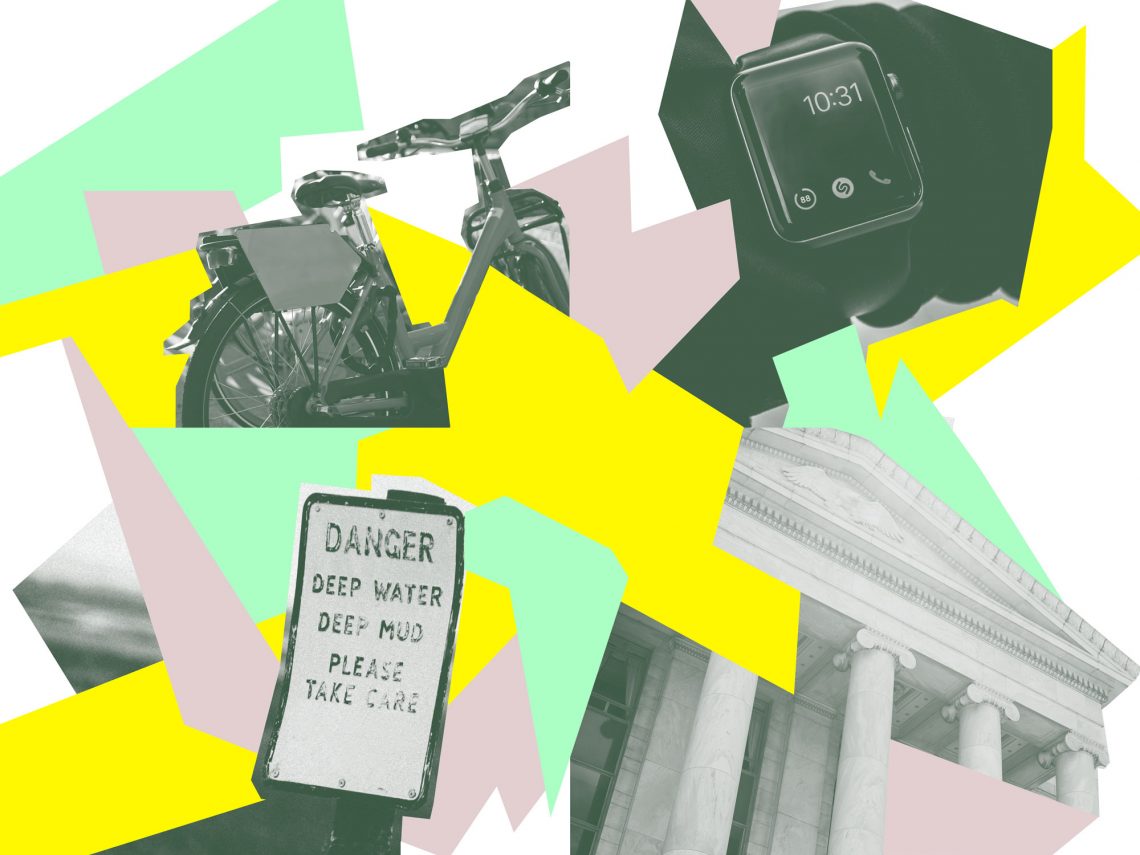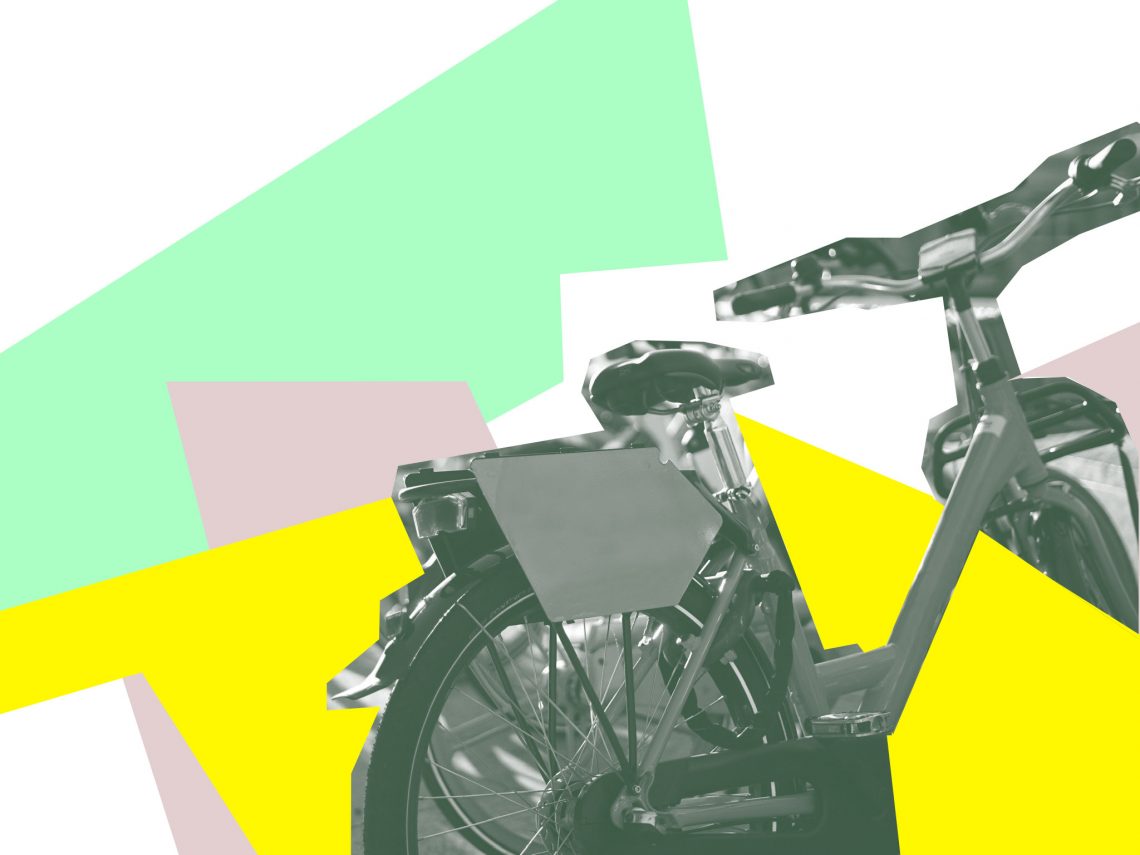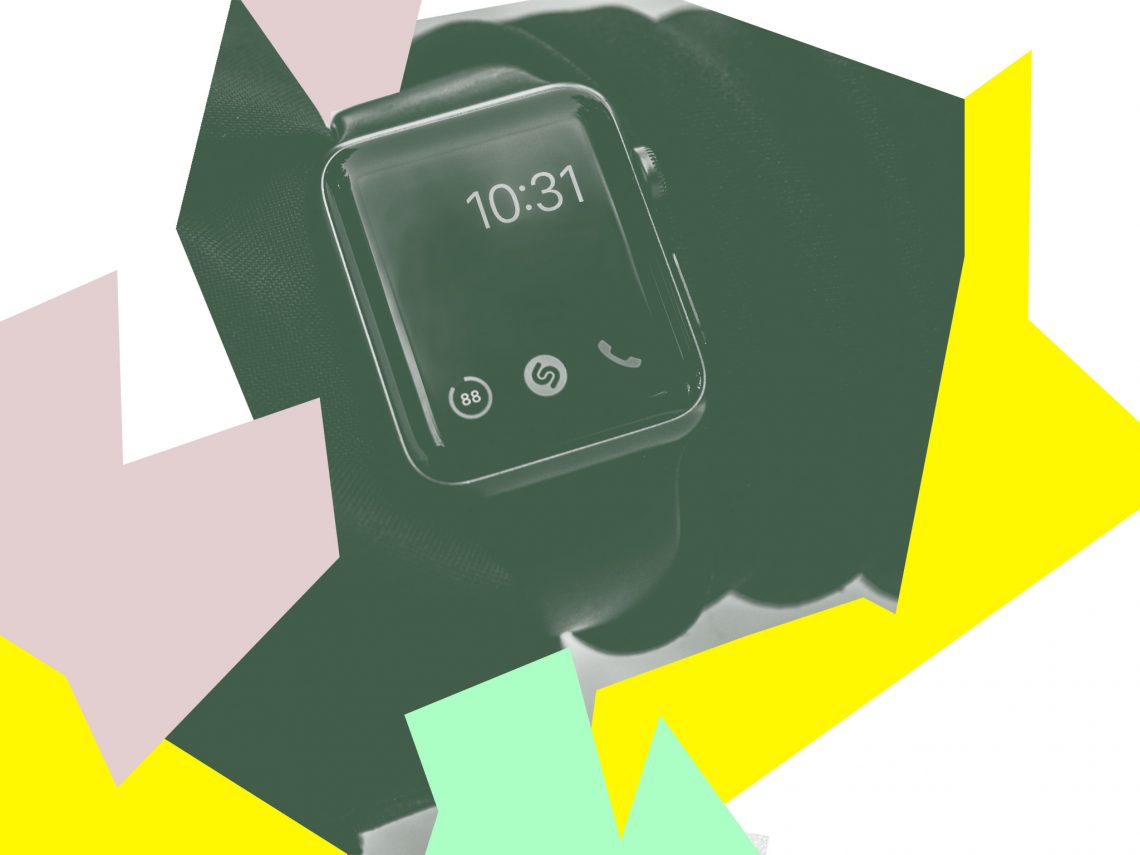Four Steps to Seeing the Invisible
By Carlos Teixeira
May 1, 2019

A bike ride, a smartphone, a credit card payment—all are unremarkable constants in our everyday lives. But in the background, a vast array of complex systems are working together to accomplish what appears to be seamless.
How does a bike sharing system work, and why does it matter?
A bike sharing service can help demonstrate the importance of these invisible systems. Moving from what we see at first glimpse, I’ll uncover the invisible forces that we all must grapple with as we strive to design sustainable, intelligent, and equitable futures.
- First Glance: Seamlessness
- A Closer Look: Interconnection
- Underneath: Integration
- Reflection: Recognizing Bias

1. First Glance: Seamlessness
Bike sharing has become a widely adopted service in large American cities. We are accustomed to paying with our cell phones, unlocking bikes from dock stations, and riding on dedicated bike lanes guided by navigation maps.
This common experience is transactional, shaped by individuals and collective actions combining and making use of existing infrastructures. Such routine behavior appears to be seamless because of a well-integrated, programmed, and reliable network of products, services, spaces, and data flows. A transactional experience is made possible because information about available bikes is cross-referenced with location, credit card payment unlocks a bike, and dedicated bike lanes indicate safe and protected routes. These infrastructures work together to create what we now recognize as a common urban scene.

2. A Closer Look: Interconnection
A closer observation of someone riding on a bike sharing service might uncover that the rider is also using a wearable device for health monitoring and tracking. The device monitors their heartbeats, as well as the speed and distance of their ride. This dataset is added wirelessly and in real time to a database and compared to other sources in order to produce meaningful findings and personalized recommendations. If authorized, a doctor or personal trainer could access this information to recommend adjustments for a treatment or a wellness program. It is also very possible that the rider is a member of a social support group for fighting obesity.
This scenario illustrates that daily life transactions have been aggregated, creating coalitions of offerings. While bike sharing, health care, and social networks are independent offerings, each one with its own transactions and protocols, they are increasingly collaborating and developing coalitions supported by autonomous integration. Consequently, daily life transactions are interconnected—they result from an autonomous and seamless integration of offerings from multiple organizations.

3. Underneath: Integration
What appears to be a simple process of unlocking a bike from a dock station with an electronic credit card payment actually requires multiple organizations to cooperate. Government city agencies, a bike sharing provider, a financial company, a mobile and wireless service provider, and cyber security services all need to design protocols for integrating and synchronizing each of the transactions that shapes contemporary daily life.
Coalitions integrate products, services, spaces, and data flows and create an interdependency among multiple organizations, limiting the ownership and independence of a business. For example, traffic data from rides are open source, not owned by the bike sharing service provider. In addition, bikes are designed according to specifications for the bike sharing service and need to integrate features of other services sourced by other organizations. Consequently, integrated offerings challenge traditional organizational boundaries.

4. Reflection: Recognizing Bias
Dock stations for bike sharing exist in public spaces and are distributed throughout multiple neighborhoods. A bike sharing station at the corner of a street in a neighborhood instantiates a new daily life transaction. It infuses a new infrastructure, and its protocols of dos and don’ts are shaped by the interconnectivity of offerings from multiple organizations.
The bike sharing station activates networks that connect mobile communication between riders and the bike sharing service, rider travel data and traffic patterns, rider behavior and health data, and rider payments and the credit card company. While electronic payment via credit card grants access to credit card holders, it simultaneously discriminates against anyone with limited or no access to credit and financial services. Similarly, bikes designed for adults may exclude children and families. Consequently, when organizations instantiate new transactions through integrated offerings, they set the parameters of who does or doesn’t have access to those offerings.
Through the process of designing an autonomous and seamless integration of offerings, networks of distributed ownership tend to replicate and amplify the bias they input to their infrastructures, transactions, and offerings. Often, they reinforce privileges and discrimination, promoting unintended consequences.
Design + Networks + Activation
The more we experience the emergence of new infrastructures, transactions, and integrated offerings in multiple industries—including mobility, health care, food, insurance, finance, waste, energy, housing, hospitality, and government—the more we learn from the consequences of designing autonomous and seamless integrations of offerings through networks of distributed ownership.
On one hand we are learning that networked offerings tend to promote disruptive changes, reinforce and amply bias, and diminish accountability from stakeholders—despite our best intentions. On the other hand, activating networks and mobilizing collective actions hold great promise for those developing new offerings.
Leveraging Entrepreneurial Skills
New offerings often disrupt well-established patterns of daily life. Corner streets with parking spaces and drive-thru services were intended to serve car owners, for example, but now have to adapt to a new group of bike riders with different preferences. Entrepreneurs have the opportunity to design autonomous and seamless integration of offerings that support individual choices while amplifying collective actions.
Learning from Activists
New offerings often focus on selected targeted user groups and tend to amplify privileges at the expense of equity. Designing payment transactions based on credit cards, for example, rely on a user who has access to credit. As demand for equity increases, designing human-centered innovation is not enough. Activists and equity-minded designers and leaders can help us all consider issues of diversity, inclusion, and access when creating new offerings.
An Opportunity to Lead
Because new offerings are contingent upon the interdependency of a coalition of organizations, ownership and accountability becomes fragmented. Bike safety, for example, becomes a shared responsibility that involves the design of the bike, bike lanes, city policy, health insurance, navigation maps, bike riders, car riders, and pedestrians.
We are increasingly aware that we share responsibility for reaching societal goals. Integrated offerings are now expected to align individual, organizational, and societal goals. Today’s leaders must envision new ways to activate networks in order to design well-integrated offerings that make large-scale impact.
Join us this May 22–23 at Design Intersections 2019 as we engage entrepreneurs, activists and leaders from across sectors to discuss and envision new ways of making large-scale impact.